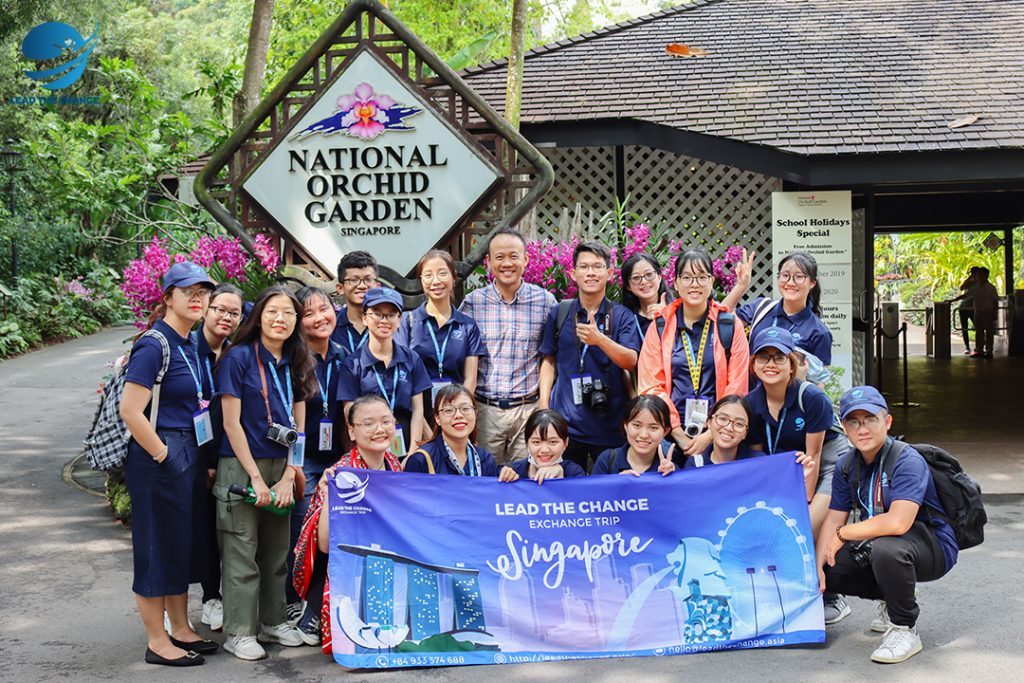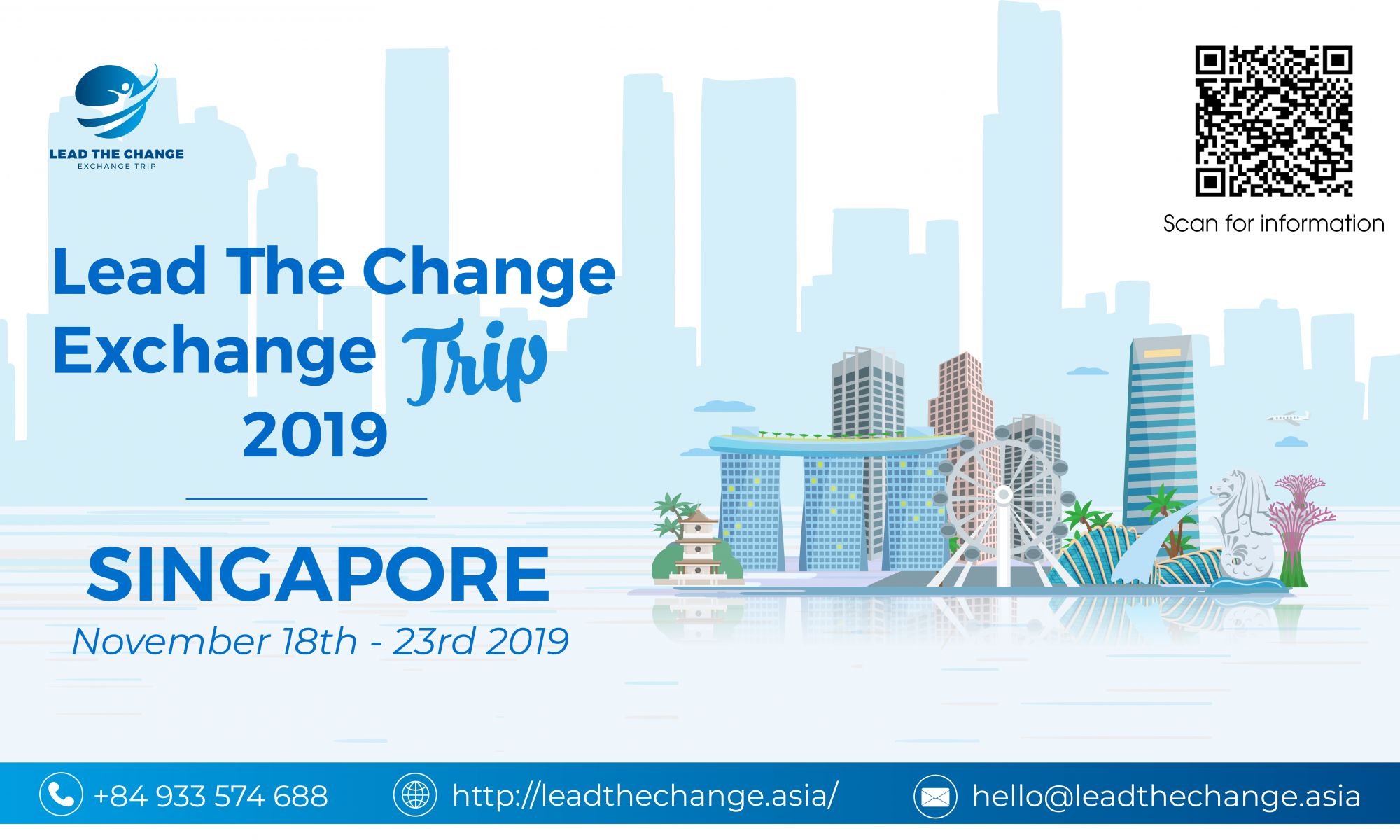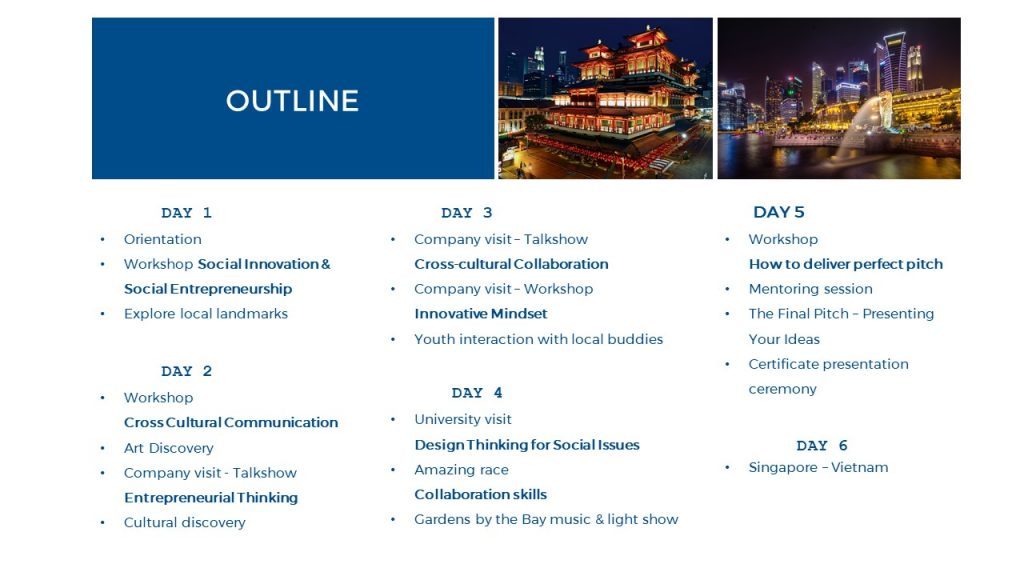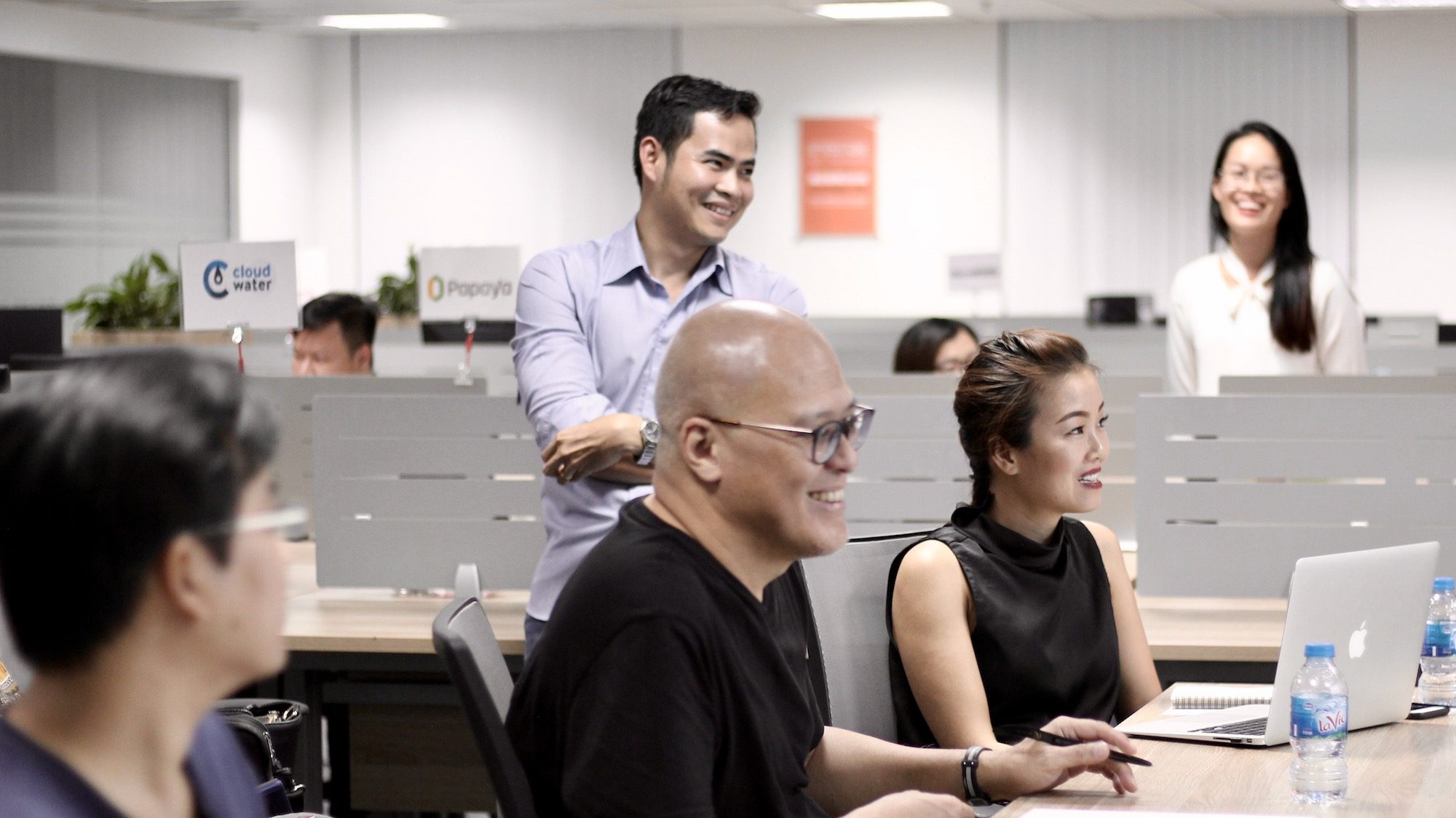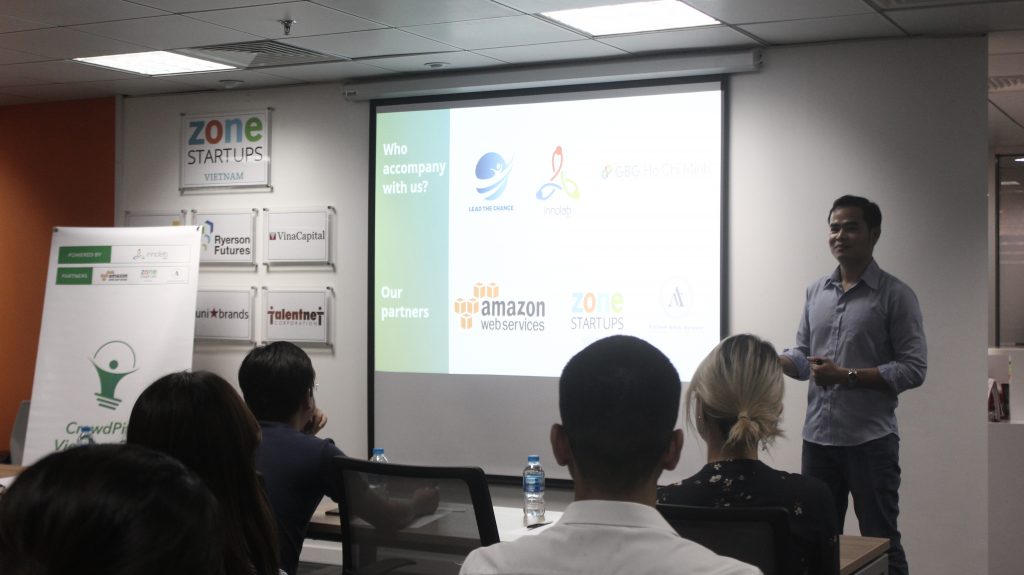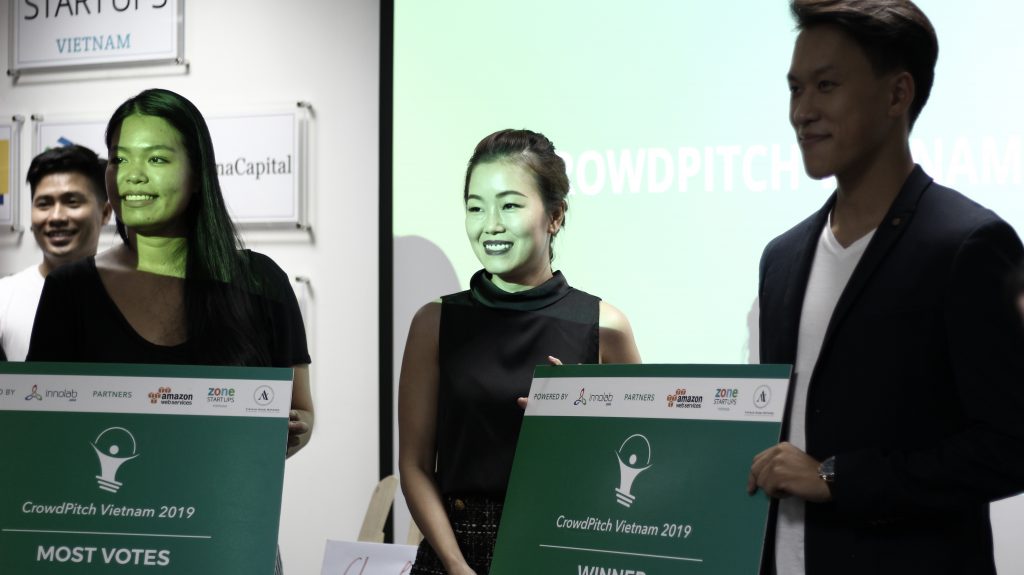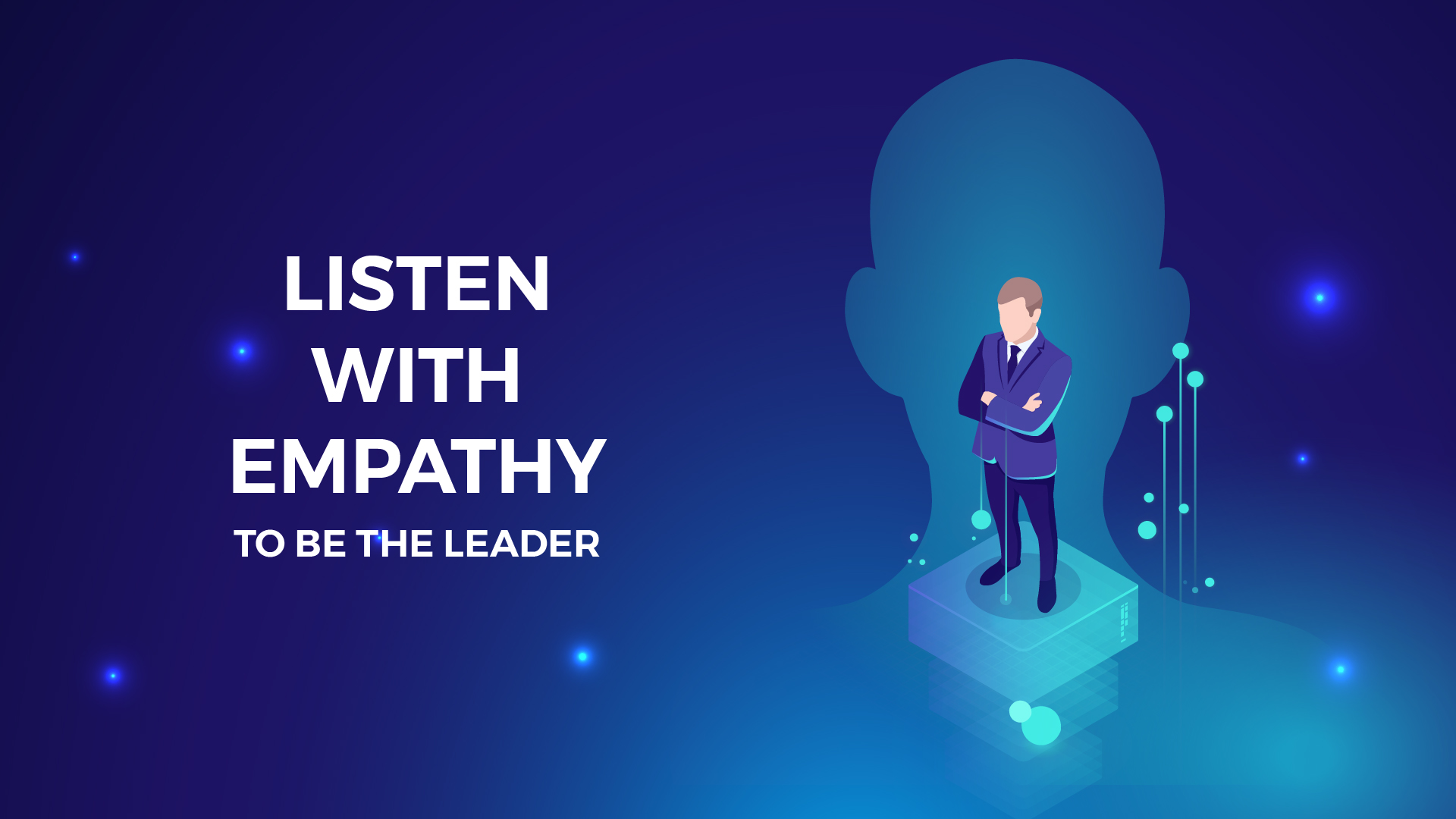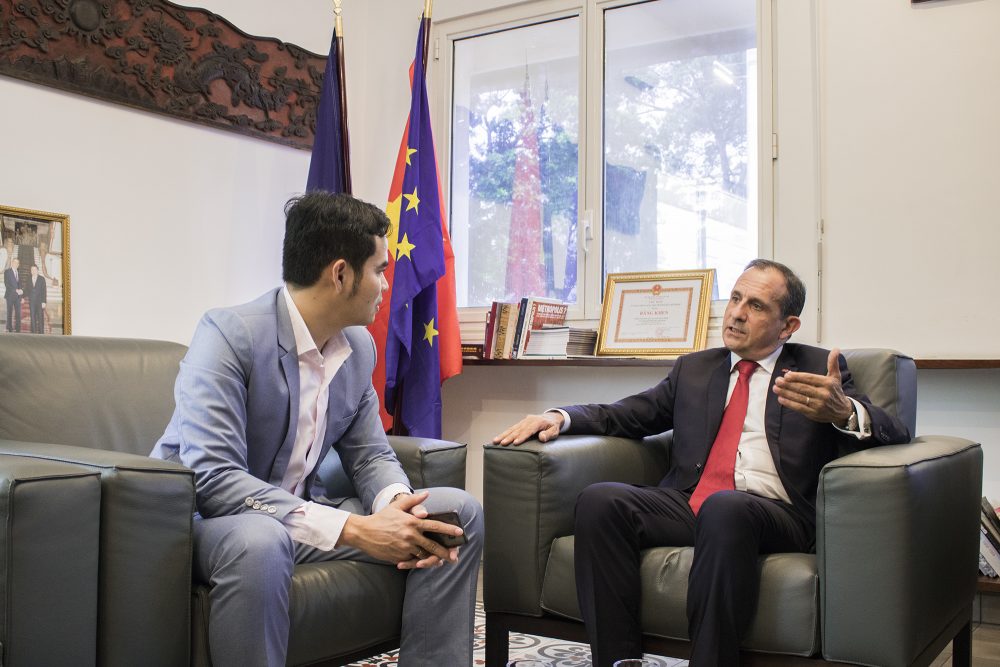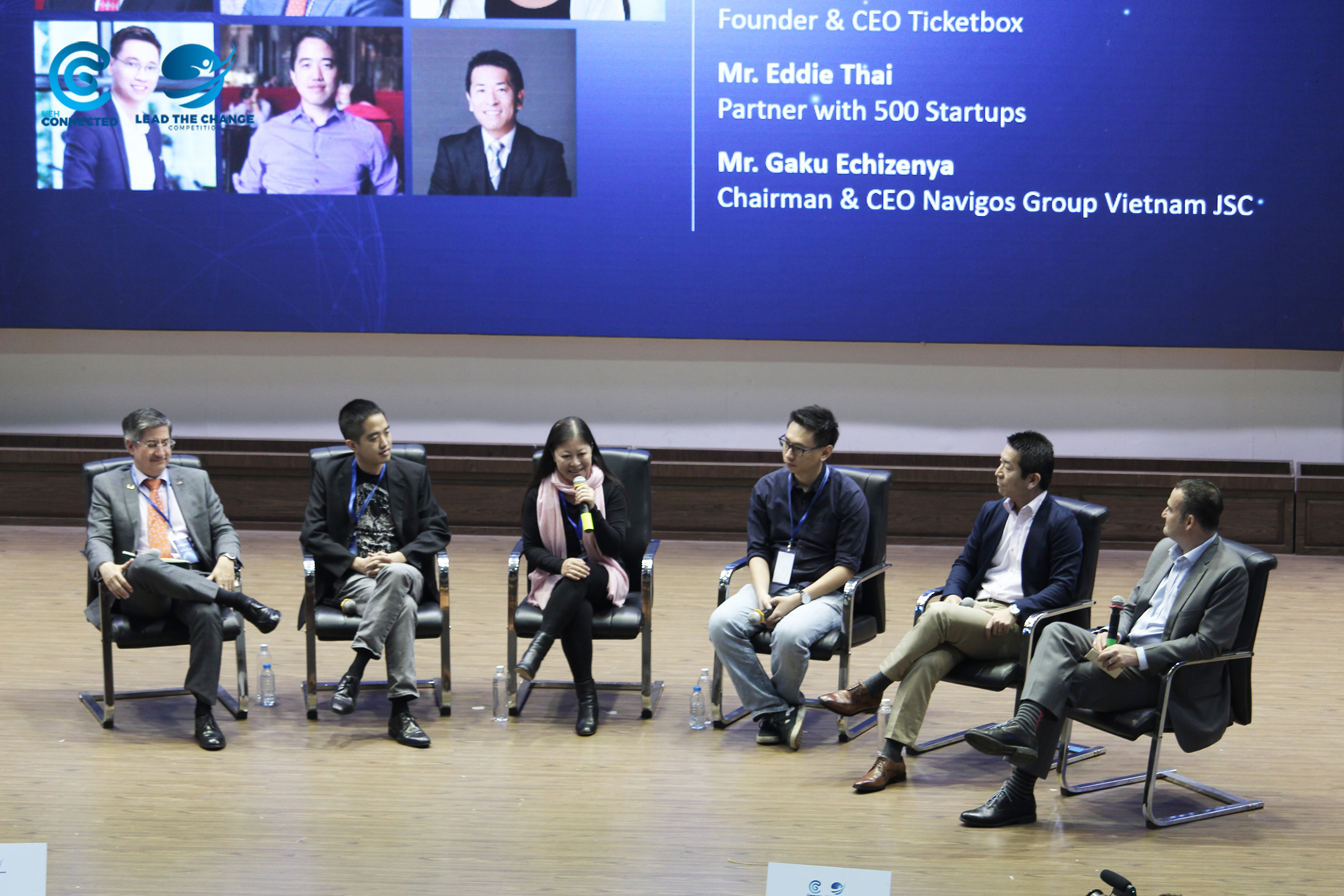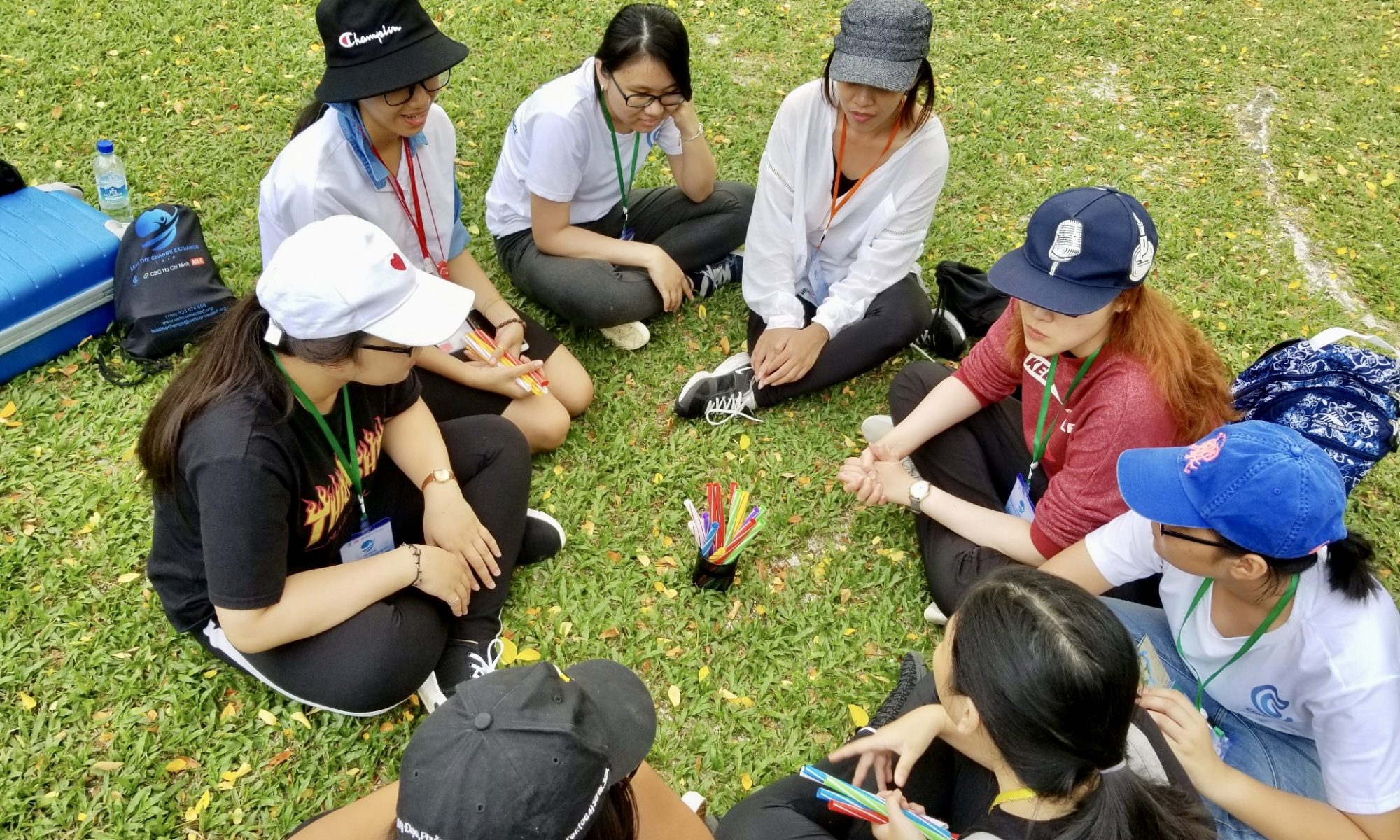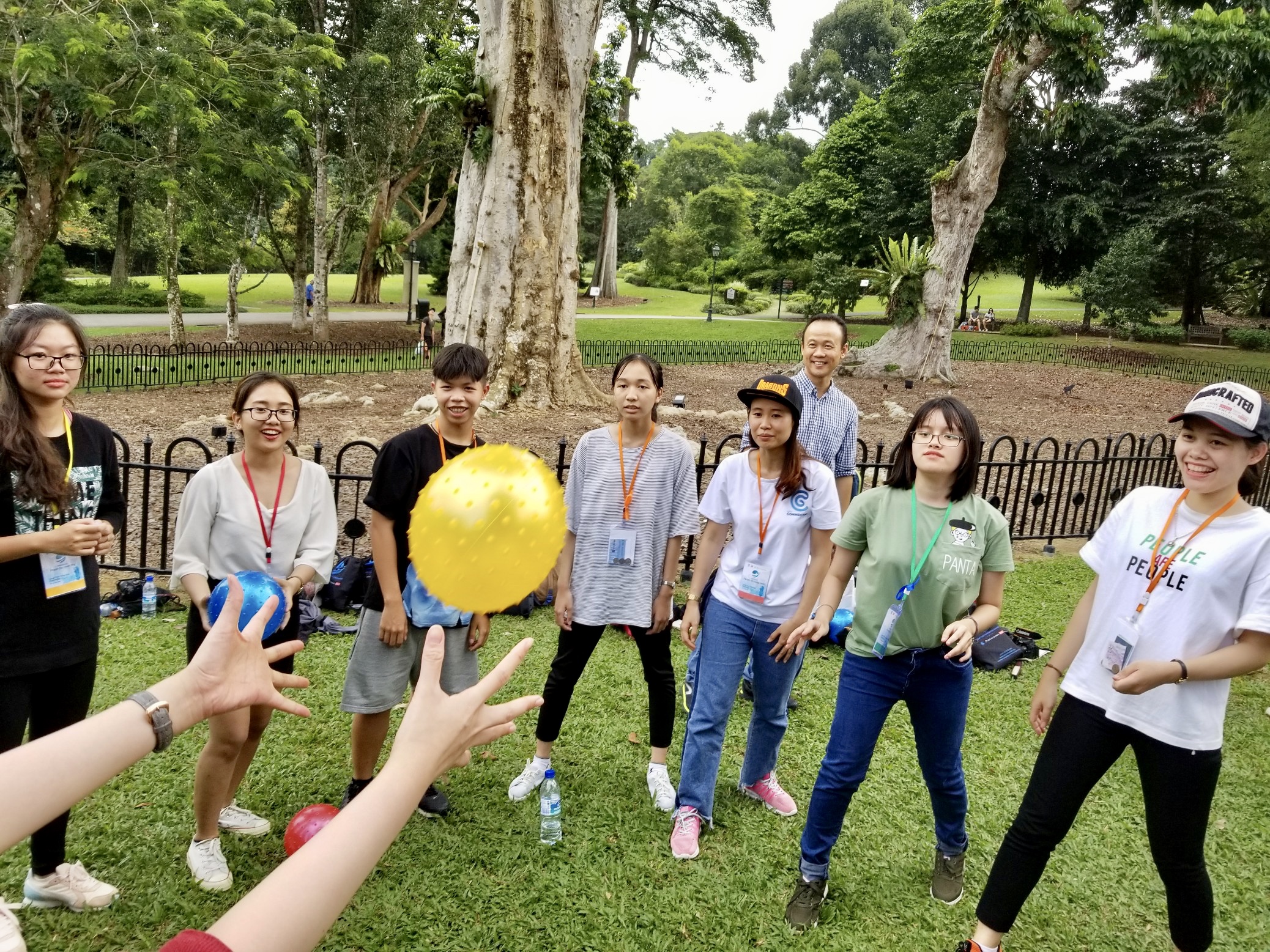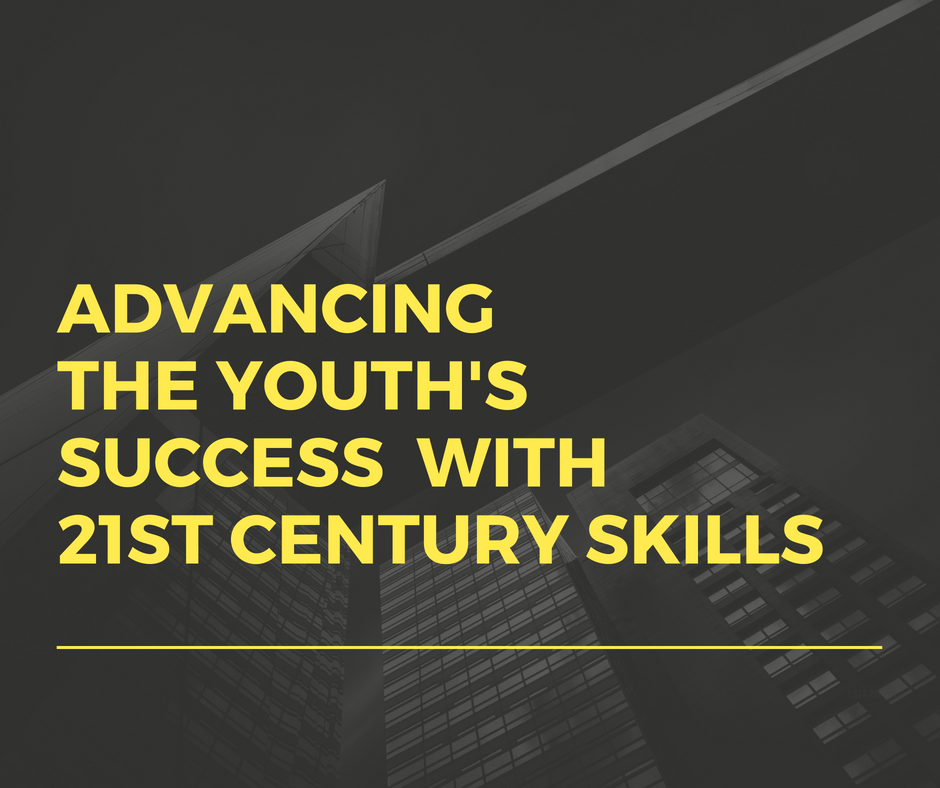Just some of my random notes about world startup investment and Vietnam so please make sure that you double check when I use my article.
Six years ago, Aileen Lee – founder of Cowboy Venture created the term “Unicorn” to illustrate the start-up companies which have the value of over $1 billions.
At this time there were not many companies which were worth a billion dollars. Thus “Unicorn” was the dream name for many start-up since this term was introduced. However, the industry landscape has changed dramatically. The world of venture capital has been blooming, there has been a huge amount of money invested in the start-up company.
In recent years, the number of “Unicorn” has increased exponentially. Total investment in the unicorn companies is up to 1.1 thousand of dollars.
An analysis about 326 unicorns in the world
- Overview about “Unicorn” in 2019
According to CB Insights of Unicorn of Unicorn Tracker – the company does research about the unicorn according to their industry, valuation and country.
ByteDance is currently the largest unicorn with the valuation of 75 billion dollars. The China-based company operates many products such as: Vigo, Toutiao, TopBuzz and more, but the most special raising platform which is currently used by many millennia’s: TikTok. ByteDance uses AI to adjust the content to fit with the customer behavior.

Expert estimates that in 2019, there are more than 100 unicorns will conduct IPO – (The Initial Public Offering), including Uber and AirBnb. Recently, Lyft and Pinterest have conducted IPO. Another Unicorn is Zoom Video – an online video call platform is also in the IPO process, with the stock price increasing at 120% since its impressive release in the middle of April.
- Unicorn start-up by industry
Internet Software and Service and E-commerce are the most popular industries with many potential start-up. On-demand services such as Uber, Didi Chuxing and DoorDash attract more investors to invest in this area.
- Unicorn start-up by geography
Over a half of unicorns come from the USA, but China has many start-up companies which have high value. While most of the unicorns come from 6 countries: USA, China, UK, India, Germany and Korea, other countries in the world have 32 unicorns approximately 10% of total unicorn in the world.
- Unicorn by the valuation
Uber, Wework, AirBnB and ByteDance have the largest amount up to 30% of total unicorn worldwide.
According to the pyramid, there are 280 unicorns at the bottom – unicorns which have value from 1-5 billion dollars. The sum of those are 461 billion dollars, as 43% of the total unicorns.
- Vietnam Startup Investment Overview vs world investment
In 2019, the amount of capital flowing into technology startups in Vietnam accounts for 18% of all of Southeast Asia, while that of Singapore is 17%. However, as a whole, the remaining startups only raised US $ 670M, much less than in 2018 (nearly US $ 890M). This fact shows that the start-up race has entered the stage of refinement, many emerging industries have also led to the recession of many old and expensive businesses of investors.
In January 2019, Momo successfully raised funds in the Series C 100 USD from Warburg Pincus funding. Momo is the first payment-app with more than 12 million users in Vietnam.
In January 2019, Lefair – an ecommerce site which sells boutiques, has called for $7 million in the Series B from GSShop and Belt Road Capital Management. This success has helped the company total investment round to 12M USD. However, they just announced to quit the Vietnam market on 2020.
In February 2019, Elsa has raised fund successfully $7M USD Series A from Gradient Ventures – the specialized fund for AI of Google. Now, the total investment for the company is $12M.
In March 2019, Tiki raised $75M from NorthStar Group and are the top 2 players in the e-commerce Vietnam market. Tiki is on its way to focus on increasing its service quality and user experiences.
In April 2019, Jio Health has raised $5M Series A from Monk’s Hill Venture.
In May 2019, Uber has failed since its first stock issues, which causes the loss of $6.5B.
In June 2019, Logivan – 4.0 logistic service, which connects the shipper and the empty returned truck nationwide, raised successfully $5.5M from Matrix Partners, David Su and Alpha JWC Ventures.
In August 2019, Wework – the largest co-working space US-based, which has an unpredictable fate. Although Softbank has invested $10B in Wework, they have stopped working with each other.
In August 2019, KiotViet – a start-up providing software solutions for POS managing, announced receiving $6M Series A from Jungle Venture.
In September 2019, Compass – a real-estate buy and sell start losing its direction, although Softbank has invested $450M and later fundraising $775M.
In October 2019, Scommerce – logistic provider with 4 business units: GHN Express, Ahamove, GHN Logistic and GIDO has received $100M from Temasek – Singapore government investment fund.
In November 2019, Softbank poured $500M into Fair – a car leasing company which is revolutionizing the car-as-a-service concept. However, Fair has failed and cut 40% of employees in the not “Fair” way.
Also in November, Sendo announced its raising fund successfully with total investment in Series C is $61M from EV Growth, Kasikornbank, SBI Group, BEENOS, SoftBank Ventures Asia, Daiwa PI Partners and Digital Garage.
This month, Lozi has also raised $10M+ from Smilegate Korea.
Vnlife – mother company of VNPAY has become the second unicorn in Vietnam after VNG with $300M investment of Softbank Vision Fund and GIC Singapore
In December 2019, Telio – Vietnam’s first B2B platform has raised $25M Series A from Tiger Global, Sequoia India, GGV Capital, and RTP Global.
In January 2020, OYO – a hotel booking start-up received $1.5B from Softbank has lost 65000 rooms and cut off 3000 employees.
The world 2019 economic climate has significant slowdown, however Vietnam’s economy is growing.
Vietnam economic growth is projected to decrease in 2020
Collected from many sources: Jeff Desjardins, Visual Capitalist, WEF, May 2019, ESP Capital











